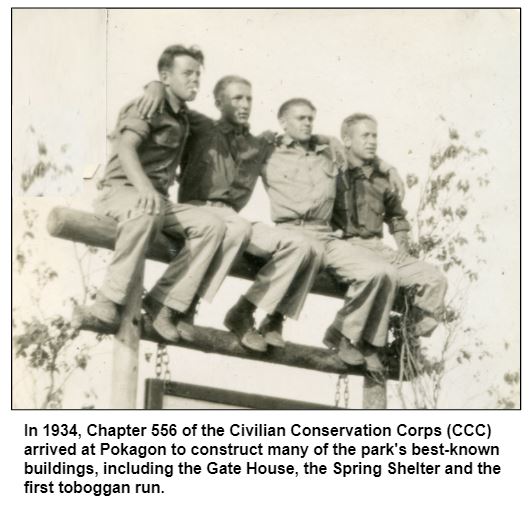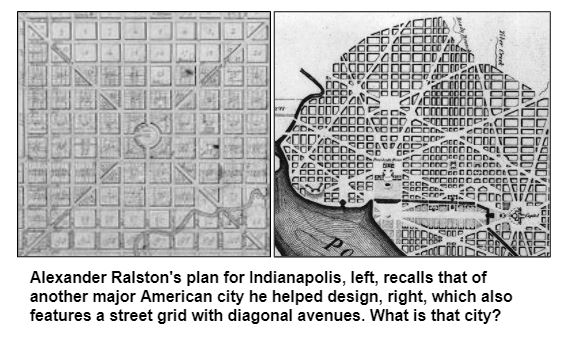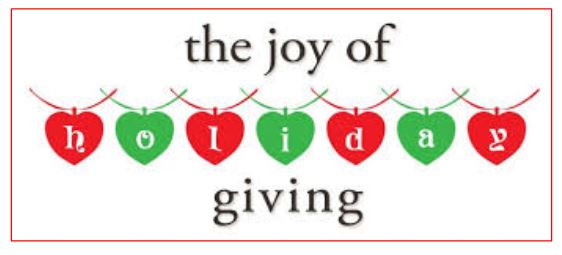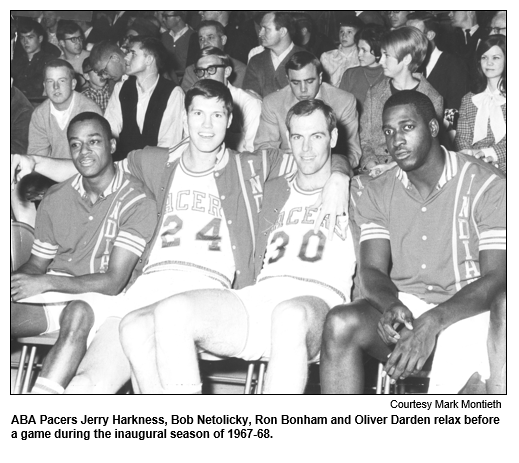Saturdays, noon to 1 p.m. ET on WICR 88.7 FM.
Or stream audio live from anywhere on WICR Online!
January 2, 2021
Indy's "real" 200th birthday?
As Hoosier History Live kicks off our 13th year on the air, our spotlight will turn to a historic milestone for Indiana's largest city.
Many historians consider Jan. 6, 1821 to be the official birthdate of Indianapolis (it's often called Founders Day for the city) because that's when the Indiana General Assembly approved the site selected for the new state capital. They also approved the new city's name.
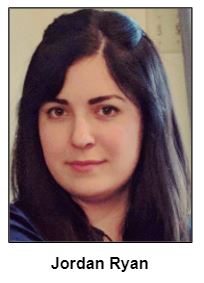
For this show, we will explore several topics, including some related to upcoming events on Founders Day, exhibits, lost landmarks and how the legislature handled the historic act that approved the site for Indianapolis. To explore more about the latter, our guest, Indianapolis-based Jordan Ryan of The History Concierge, recommends what she calls an "underused resource:" the Indiana Historical Legislative Documents collection.
Jordan is an architectural historian and archivist who formerly served as the coordinator of the Indianapolis Bicentennial collecting initiative and exhibit for the Indiana Historical Society. In that capacity, she helped organize exhibits at the Indiana History Center related to our topics, including a "Lost Landmarks" exhibit that will open Jan. 9.
Major landmarks that have been demolished during 200 years of Indianapolis history - and that we will explore with Jordan during our show - include the following:
-
The English Theater, Hotel and Opera House on Monument Circle. Built in stages beginning during the 1880s, the majestic structure, which included the largest theater stage in the state, was a showplace in the Midwest for nearly 70 years. Amid a public outcry, it was razed in 1948 to make way for construction of a JC Penney department store. Many architectural historians consider the loss of the lavish English Theater and Hotel, with its frescoed walls, massive pillars and an exterior balcony for public figures to address audiences on Monument Circle, to be the most regrettable demolition in city history. (During the 1970s, the J.C. Penney store that replaced it was closed. In recent decades, the site has been an office complex that, until last year, housed the headquarters of Anthem Inc., a health benefits provider.)
-
And the Indianapolis Cyclorama, a distinctive, circular structure with a dome that was built after the Civil War with the singular purpose of showcasing a gigantic, 360-degree mural that was a public attraction. It was a painting of the Battle of Atlanta created by a team of artists who traveled to Georgia to observe the site of the bloody conflict. In 1903, the Cyclorama exhibition hall was demolished. Since then, its site at Market and Illinois streets – about one block from the Indiana Statehouse – has been used in several ways. Currently, a hotel in the Hilton chain is located on the site.
Founders Day events on Jan. 6 will include Lost and Demolished: Preservation Through 200 Years of Indianapolis History, a virtual program co-hosted by Indiana Landmarks and the Historical Society. The Historical Society also has a "You Are There" exhibit about the pageant and other festivities that celebrated the Centennial of Indianapolis in 1920. Hoosier History Live explored the Centennial celebrations - as well as the ways Indy marked its 175th birthday in 1971 - during our show kicking off the year 2020.

Also during this show, Nelson and our guest Jordan Ryan will discuss some of the names that briefly were proposed for the new state capital before the General Assembly approved "Indianapolis." Alternatives included naming the city Tecumseh as a salute to the great Native American leader, a Shawnee chief who was based in Indiana. Even though Tecumseh and his warriors fought white settlers in battle, admiration for his leadership skills was widespread on both sides.
After the site and name for Indianapolis were approved in 1821, surveyors Alexander Ralston and Elias Fordham were hired to design the city; their plan also will be described by during the show.
Related to some of these developments in 1821, on Jan. 6 the Indianapolis Bicentennial Commission will offer a Founders Day virtual activity for students in third through sixth grades. The lesson involves the original city plat map, called the Ralston Plan, and an invitation for students to design their own city maps; details are posted online.
Roadtrip: Pokagon State Park in northeast Indiana
Guest Roadtripper and retired independent bookstore owner Kathleen Angelone invites us to join her on an excursion to Pokagon State Park in northeastern Indiana, which she recalls visiting as a child.
Kathleen's aunt had a cottage on Lake James, she tells us, just across from the famed Potawatomi Inn, and she spent a lot of time swimming, hiking, and visiting the Nature Center in the park to observe birds and wildlife.
Pokagon was the state's fifth state park, first proposed in 1925. It was originally to be called Lake James State Park, but the name was changed to Pokagon to honor the area's rich Native American heritage. Leopold and Simon Pokagon were father and son and notable leaders of the Potawatomi tribe that called the area home until forced out in the 19th century by encroaching American settlement.
The rugged geography of the park is a legacy of a previous geological era, when glaciers slowly moved southward through the terrain. The glaciers also deserve credit for the little kettle lakes that dot the area.
Kathleen says that the park can be enjoyed in all seasons, but those seeking outdoor winter fun are in for a special treat. In addition to cross-country skiing trails, the park offers a toboggan run with a 90 foot drop and a refrigerated track that maintains a slick icey pathway, regardless of the weather conditions.
Sounds like a great way to slide into the New Year!
History Mystery
After the Indiana General Assembly approved the site for Indianapolis in 1821, surveyors Alexander Ralston and Elias Fordham were appointed to design the new state capital. Ralston, who had been born in Scotland, also came up with the names for the streets in the city, which consisted then of what today is the downtown area known as the Mile Square.
His design included a circle at the center of the city, with four diagonal streets in a grid bordered by North, South, East and West Streets.
Before coming to Indiana, Ralston had helped design one of the major cities in the eastern United States. Like Indianapolis, that city also has diagonal streets near its center.
Question: What is the other major American city that Ralston helped design?
The call-in number is (317) 788-3314. Please do not call in to the show until you hear Nelson pose the question on the air, and please do not try to win if you have won any other prize on WICR during the last two months. You must be willing to give your first name to our engineer, you must answer the question correctly on the air and you must be willing to give your mailing address to our engineer so we can mail the prize pack to you.The prizes this week are two tickets to the Indiana State Museum, courtesy of the Indiana State Museum, and two tickets to the Benjamin Harrison Presidential Site, courtesy of the Benjamin Harrison Presidential Site.
Consider making Hoosier History Live part of your holiday giving
Remember when Indianapolis had several daily, high-quality newspapers that competed to keep us up-to-date on local events? Or when "alternative weekly" newspapers like Nuvo gave us critical perspectives on the local art and music scene?
In today’s world, it's difficult to produce positive, multi platform media that is life-affirming, informative, and economically viable. And while quality journalism thrives in exciting new formats like blogs and podcasting, it can be a challenge to find local online news and information sources that earn our trust and live up to our high standards.
At Hoosier History Live, we're dedicated to providing our listeners with a credible, well-researched exploration of Indiana and its fascinating past. Our audience knows the value of what we do: reflecting on history allows us to look at the cultural and social trends of the past and explore what will serve us well in the future.
With so many of our great institutions of journalism just plain gone, won't you help us keep Hoosier History Live alive and freely accessible to the public? Please visit our Support page today to make an online or paper check contribution as part of your holiday giving. We thank you!
Nelson Price, host and historian
Molly Head, producer/general manager, (317) 927-9101
Mick Armbruster, associate producer
Cheryl Lamb, administrative manager
Richard Sullivan, senior tech consultant
Pam Fraizer, graphic designer
Garry Chilluffo, consultant
Please tell our sponsors that you appreciate their support!

 For organizational sponsorship, which includes logos, links, and voiced credits in the show and in podcasts, email molly@hoosierhistorylive.org, or call (317) 927-9101 for information. Our podcast listens are increasing and we are being distributed on Indiana Memory and the National Digital Public Library. Grow with us as our podcast and internet presence expands! Thanks also to Visit Indy, Fraizer Designs, WICR-FM, Henri Pensis, Aaron Duvall, Kielynn Tally, Heather McIntyre, Justin Clark, and many other individuals and organizations.
For organizational sponsorship, which includes logos, links, and voiced credits in the show and in podcasts, email molly@hoosierhistorylive.org, or call (317) 927-9101 for information. Our podcast listens are increasing and we are being distributed on Indiana Memory and the National Digital Public Library. Grow with us as our podcast and internet presence expands! Thanks also to Visit Indy, Fraizer Designs, WICR-FM, Henri Pensis, Aaron Duvall, Kielynn Tally, Heather McIntyre, Justin Clark, and many other individuals and organizations.
Thank you!
We'd like to thank the following recent, new and renewal contributors whose donations help make this show possible!
- David E. and Lynne J. Steele
- Stacia Gorge
- Ann Frick
- Margaret Smith
- Rachel Perry
- Tom and Linda Castaldi
- Serita Borgeas
- Tom Swenson
- Doug Winings
- Theresa and Dave Berghoff
- Dr. Geoffrey Golembiewski
- Jeanne Blake in memory of Lenny Rubenstein
- Chuck and Karen Bragg
- Kathleen Angelone
- Wendy Boyle
- Sharon Butsch Freeland
- Bruce and Julie Buchanan
- Dr. Robert and Jill Clements
January 9, 2021 - coming up
Early era of the Indiana Pacers: encore
To mark the start of the new season for the Indiana Pacers , we will time travel more than 50 years back to explore the history that led up to their debut game against the Kentucky Colonels in the Coliseum at the State Fairgrounds in Indianapolis. The new team was part of an upstart professional league, the colorful American Basketball Association (ABA), and before any of the players had even scored a point, much civic, social and sports history already had been made.
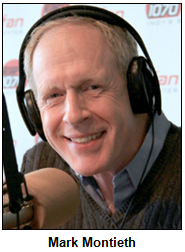 Two previous pro basketball teams based in Indianapolis had died. One of them, the Indianapolis Olympians, went down in scandal.
Two previous pro basketball teams based in Indianapolis had died. One of them, the Indianapolis Olympians, went down in scandal.
Efforts at putting together the Pacers team had met a variety of challenges. Unsuccessful attempts had been made to woo household names in Indiana - including former high school basketball sensations Oscar Robertson and identical twins Tom and Dick Van Arsdale - to be part of the Pacers organization. And some of the African-American players who had been signed to the team encountered challenges finding housing in the Hoosier capital due to the racial discrimination that was unfortunately common at the time.
To explore the rich history of the early era of the Pacers - including the years immediately following the team's first game in 1967 - Nelson is joined in studio by veteran sports journalist Mark Montieth in this encore of a show originally broadcast in 2017. As a boy growing up in Indy, Mark listened to the debut Pacers game on the radio. He is the author of Reborn: The Pacers and the Return of Pro Basketball to Indianapolis (Cardinal Publishing Group).
In the early 1960s, Mark writes, the Hoosier capital was growing, "yet it had no national sports identity beyond the Indianapolis 500."

Early games in the ABA often were raucous, and fighting among the players was common. Several of the early Pacers were regarded as wild characters, including fan favorites Bob Netolicky and Mel Daniels.
The starting salaries of early Pacers players? According to Reborn, one aspiring Pacer signed a contract for $10,000 (that would be about $78,000 in 2020), with the possibility of a $2,000 bonus.
The ABA was distinctive for its red, white and blue basketball and the introduction to the pro game of the 3-point shot. "The Pacers were born and raised in a league and an era unlike any other in the history of professional sports," Mark writes in Reborn.
The future of the team and of the league were considered so uncertain that Bobby "Slick" Leonard (the former high school basketball star from Terre Haute who later coached the Pacers to the national championships) was so wary of giving up a secure job as a salesman for class rings that he didn't initially seek the coaching opportunity.
Some early players were essentially being offered second chances to achieve hoops glory. In high school and college, Netolicky was "more motivated to have fun than to play basketball" and had exotic pets such as an ocelot and a boa constrictor, according to Reborn. His eventual teammate Roger Brown had taken a factory job on the night shift after his links to a gambler ended opportunities as a player in college and with the NBA.
Other Pacers history facts:
- Although Reborn indicates that it remains unclear who originally suggested "Pacers" as the team's name, initial announcements referenced the harness horse racetrack at the Fairgrounds near the Pacers' home court at the Coliseum (a pacer is a type of racehorse). Initial reports also referred to the Indy 500, which features a pace car.
- The team's colors, blue and gold, have remained the same for 50 years and are a tribute to the state's official colors - as seen, for example, on the state flag.
- Seven of the 12 players on the starting roster were African American. "That amounted to a bold statement in 1967," Mark writes in Reborn. "Most NBA teams were adhering to an unspoken color barrier that kept rosters half-white at the bare minimum. Even the New York Knicks and the Los Angeles Lakers, representing the nation's largest and most cosmopolitan cities, conformed."
|





